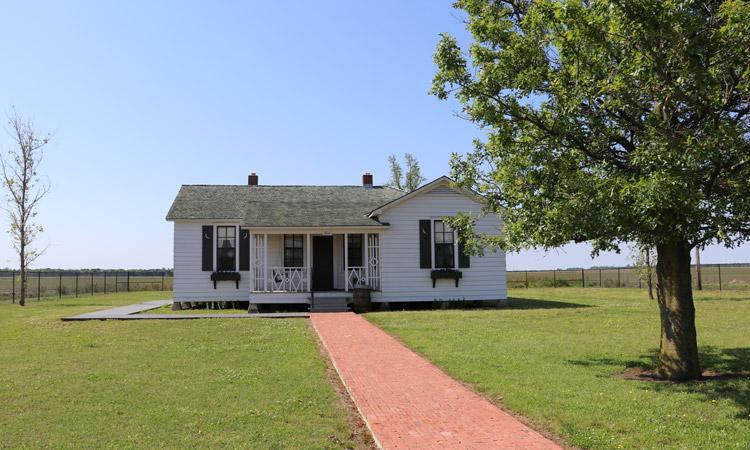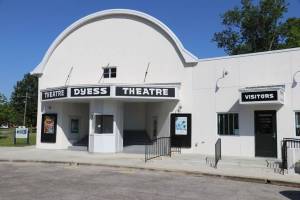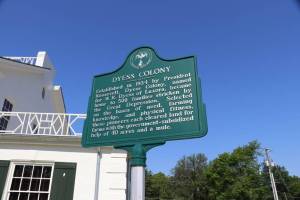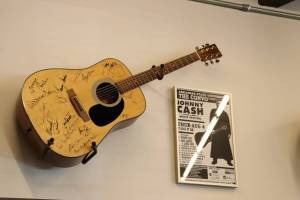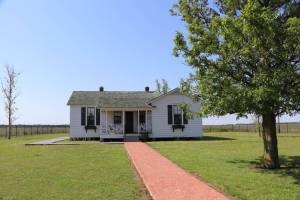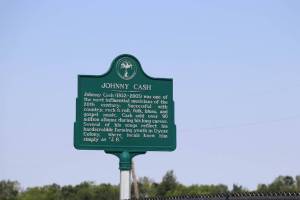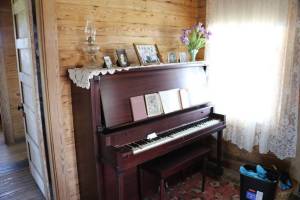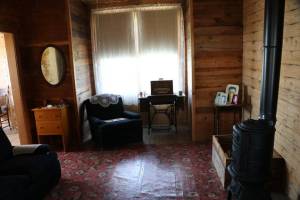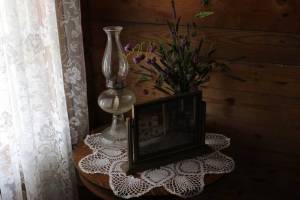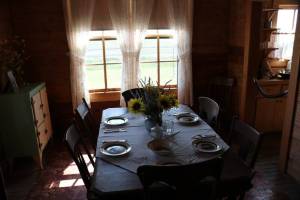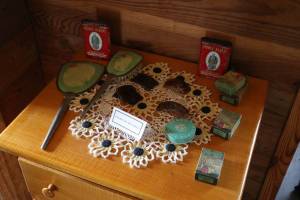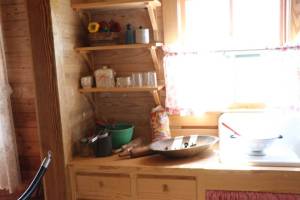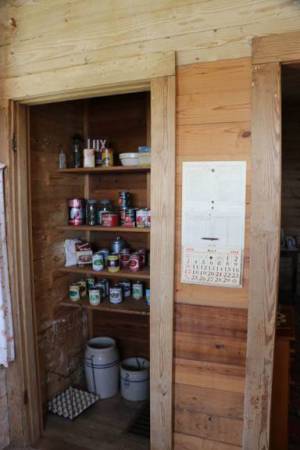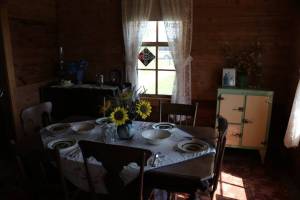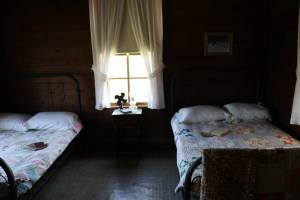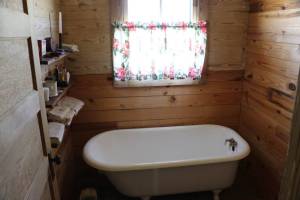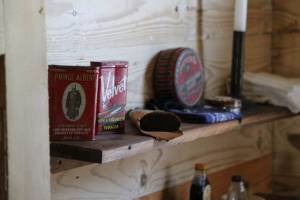I love to visit the boyhood homes of famous people because it says a lot about the person to see where they came from. In the case of Johnny Cash, a visit to his home was more than just a walk through a house but a history lesson where I learned about a very interesting period of American history where strong and determined men managed to turn swampy wasteland into incredibly fertile farmland and start a new life supporting their family and community.
What Do You Call Your "Guys Trips"?
Men exploring Johnny Cash's boyhood home will discover how the Dyess Colony's unique New Deal experiment shaped one of America's greatest musical legends and gain insight into a remarkable period of American resilience and community building.
- The Dyess Colony was the largest federal agricultural resettlement community established during the Great Depression, housing 500 carefully selected families on 20-acre farmsteads.
- Tours run hourly Monday through Saturday from 9:00 AM to 3:00 PM with regular admission at $20 (seniors 65+/military $15, students 5-17 $10), requiring advance reservations at 870-764-CASH (2274).
- The home features 75-80 percent original Cash family belongings and has been meticulously restored based on memories of Johnny's youngest siblings who assisted in the restoration.
- The museum complex includes the original administration building and former movie theater, showcasing both colony history and Johnny Cash's musical influences from his Arkansas Delta roots.
- Located just 51 miles from Memphis, Tennessee, the site makes an excellent road trip stop for guys trips exploring music history and Depression-era American ingenuity.
The Dyess Colony was established in 1934 as part of the New Deal created by Franklin D Roosevelt during the great depression. It represented both an effort to restore economic prosperity and a bold social experiment to create new types of communities. Interestingly, the Dyess Colony was not unique but it was one of the largest and most successful agricultural resettlement projects of its kind.
While originally planned to include more homesteads, the project was scaled back to 500 families. These settlers were hand picked for their abilities and each family was given 20 acres of land, farming materials, and a house as well as support to help make their efforts successful.
The colony was laid out with the town center as a hub for the community and farmsteads stretching out from there. This planned community featured practical buildings such as a school and administrative buildings but also a movie theater and high school sports to provide entertainment for the hardworking settlers.
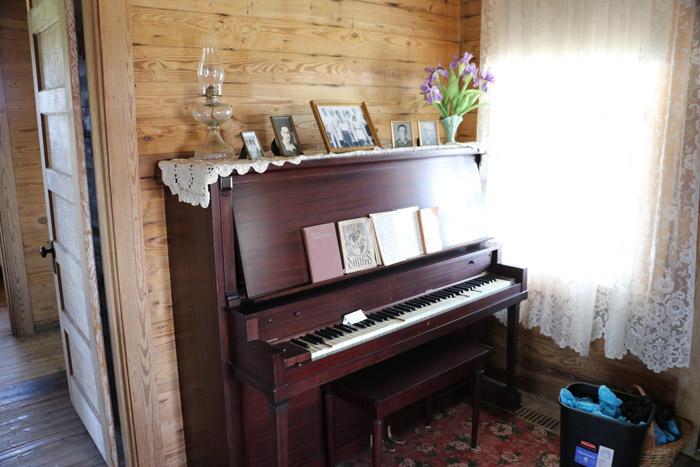
The Cash Family Home
Inside the home, you'll find that it was surprisingly modern for its time. While those entering the Dyess Colony were extremely poor, the houses featured modern plumbing and in the case of the Cash family house, they even had a piano. Ironically though, while they had the ability to have running water and a flush toilet they chose to have an outhouse and pump water in from the well.
Unfortunately, no video is allowed inside the house but inside you will find a home restored to near what you would have seen in 1935 when the Cash family lived there, until 1954. The restoration features a mixture of both original items including the walls and floor coverings, as well as items recovered from other colonists, and recollections about what items were there originally as well. The home has been refurbished to look as it did when Johnny Cash and his family lived here and they have about 75-80 percent of original belongings, with Johnny's youngest siblings helping to provide authentic details.
Your tour includes a bus ride to the site, which provides an excellent opportunity to learn more about the history of the colony from knowledgeable guides who share stories about both the Cash family and the broader Dyess community. The boyhood home is located about 2 miles from the visitor center.
The Museum Complex
The museum complex deserves as much attention as the boyhood home itself. The visitor center is located in the old movie theater on the town circle, where the front facade is original but the back of the building was falling down and has had to be replaced. In addition to being a movie theater this building also had a soda fountain where the teens could mix and mingle and dance.
The Dyess Colony Administration Building houses comprehensive exhibits about the establishment of the colony, the daily lifestyles of typical colonists, and the profound impact that growing up in Dyess had on Johnny Cash and his music. They even have Johnny's senior picture from the Dyess high school. The museum also showcases WPA posters and artifacts donated by the Cash family, providing rich context for understanding this remarkable New Deal experiment.
You'll learn fascinating details about the colony's infrastructure and daily life. All of the Dyess houses had a well for water and were wired for electricity. There was an electric light in the living room and in one of the bedrooms. However there was only one switch for both. Our tour guide said that Johnny's father was in charge of determining if the lights were on or off. Interestingly, the homes also had a bathroom with a tub and toilet even though there was no water to the house. The WPA had expected city water to be brought to the colony, however, this didn't happen until the late 60's.
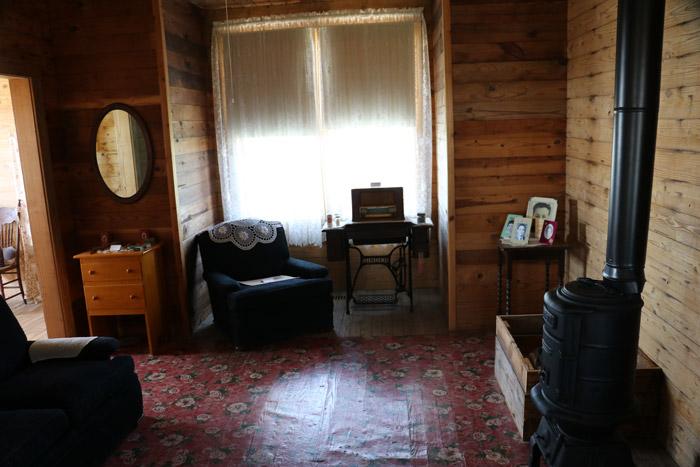
Visiting Information
Tours of Johnny Cash's boyhood home in Dyess are held hourly Monday through Saturday from 9:00 AM to 3:00 PM. Regular admission is $20, with reduced admission at $15 for seniors 65+, military with ID, and groups, and $10 for students ages 5-17. The museum does take walk-ins but if you have a general idea when you will arrive I do suggest that you make a reservation at 870-764-CASH (2274).
In addition to the Johnny Cash home, there is also a great museum chronicling the history of the colony that you won't want to miss. The entire experience, including time at both the visitor center and the boyhood home tour, typically takes about three hours according to recent visitors.
More photos of Johnny Cash's Boyhood Home in Dyess Arkansas:
Getting There
Dyess Colony is conveniently located for road trips and bachelor party weekends exploring music history across the American South. The site's central location makes it easily accessible from several major cities:
- Memphis, Tennessee - 51 miles (58 minutes drive)
- Little Rock, Arkansas - 188 miles (approximately 3 hours)
- Jonesboro, Arkansas - 50 miles (approximately 1 hour)
- Nashville, Tennessee - 255 miles (approximately 4 hours)
- Hot Springs, Arkansas - 233 miles (approximately 3.5 hours)
- St. Louis, Missouri - 347 miles (approximately 5.5 hours)
The historic site is located at 110 Center Drive, Dyess, Arkansas 72330. GPS navigation is recommended as the rural location can be challenging to find using traditional road signs.
Looking Back at New Deal Innovation
The story of Dyess Colony demonstrates how determined men and women transformed seemingly impossible circumstances into opportunity. This federal agricultural resettlement community proved that with proper planning, community support, and individual determination, families could build prosperous lives even during America's most challenging economic period. The colony's success helped shape not only Johnny Cash's character but also provided a model for community development that influenced rural policy for generations.
This article was origianlly written in 2017 but has been updated with information current to 2025.
